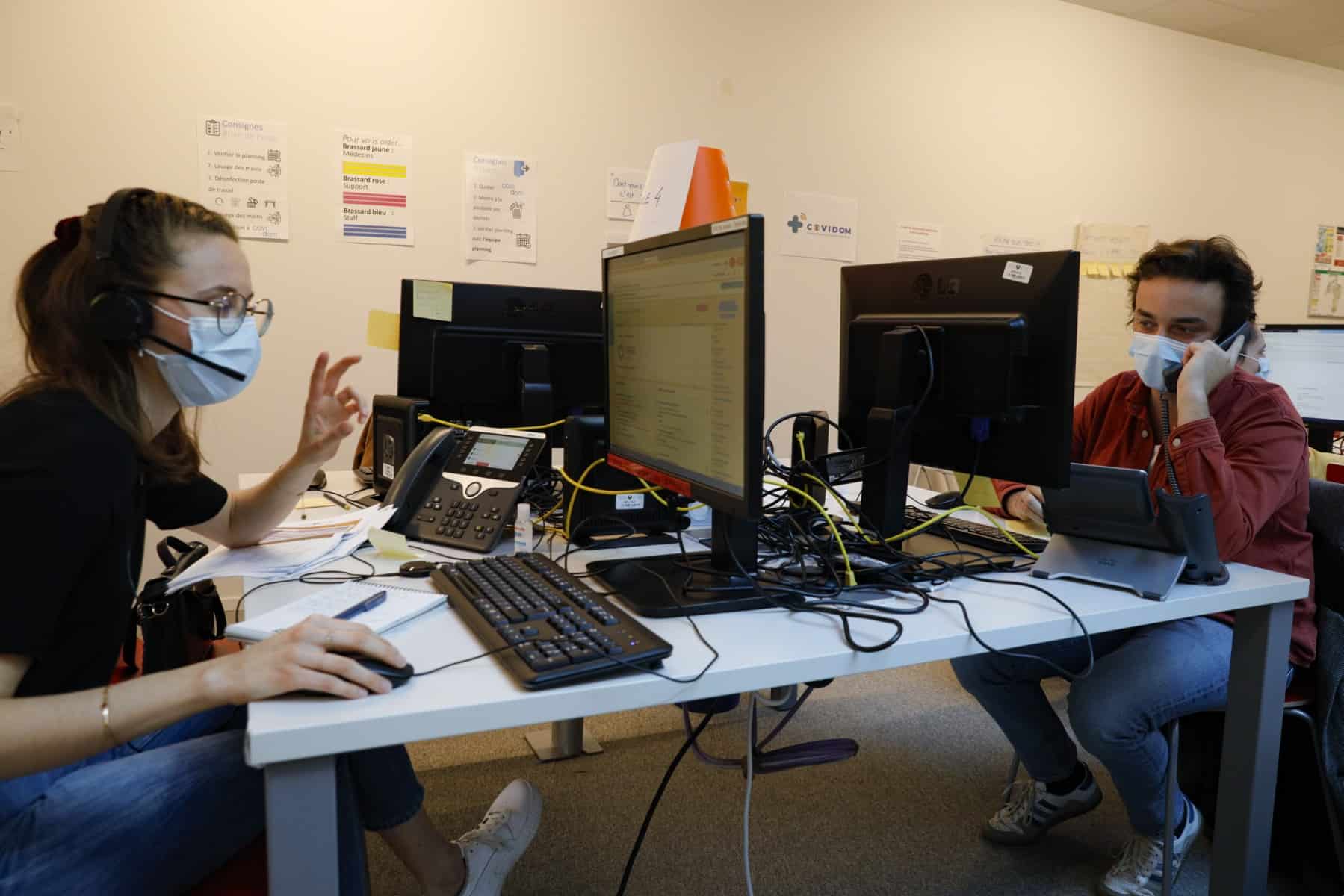Today we live in a ‘VUCA’ world full of volatility, uncertainty, complexity, and ambiguity. As enterprise leaders make plans to ensure the business is ready for whatever the future brings, they face multiple challenges on every level.
As a result, many organizations are talking about how to make their businesses more ‘digitally resilient’. This is about understanding the true relationship between the technology that we are now all so dependent upon and IT risk. Over the past decade, the world has witnessed massive digital transformation; the net result is more interconnected systems, a larger business ecosystem and an even greater reliance on internet communications. Employees now access work from anywhere via mobile devices, and servers that were once on-premises now exist in the cloud.
Therefore, enterprise organizations’ daily dependence on technology is not only all-encompassing, but also growing deeper and even more fundamental to their operations. There is no way of slowing this continuing digital transformation.
Nearly Five Billion Internet Users
To put this in context, in January 2022, there were 4.95 billion internet users, according to DataReportal. More people online means higher demand for network bandwidth, agility, flexibility, and security. Likewise, the COVID-19 pandemic proved that a virtual workplace is possible.
However, it has also highlighted that a work-from-home setup is not always ideal from a security perspective. Many enterprise organizations are opting for a hybrid model and adapting their workplace, not only for health reasons but also for efficiency and cost reduction benefits.
Keen to understand the impact of all the challenges enterprise organizations now face, we commissioned research at the start of 2022, that investigated various issues around digital resilience, cloud adoption, security and how enterprises were planning to work both now and in the future.
We surveyed over 2,500 organisations from a variety of vertical markets including financial services, education, government, gaming, utilities, healthcare and retail and eCommerce. It was interesting to see how the different sectors are evolving and to compare both the similarities and the differences.
What Are Enterprises Most Concerned About?
When it comes to digital transformation, one industry at the forefront is retail and eCommerce. Alongside the digitization of business applications and internal processes, retail organisations have seen much of their in-store, consumer-facing business move online. The organisations that prioritise consumer-friendly, convenient online offerings are seeing an exponential growth in e-commerce sales, which grew between two and five times faster than before the pandemic.
It was interesting, therefore, when we asked retail and eCommerce respondents how concerned they are about the organisation’s digital resilience and readiness to cope with various challenges, they were most concerned about their agile development and DevOps capabilities (95 percent), and how they would support staff remotely (95.5 percent), as well as managing the move from IPv4 to Ipv6 (95 percent).
Supporting staff remotely was also a key concern for finance sector respondents (96 percent) when asked the same question. This sector is witnessing ever-growing competition as traditional banks compete against digital neobanks and try to keep pace with consumer demands.
This often means they are rushing to deploy new technologies that enable frictionless digital experiences and increase customer value. This has resulted in more application services, which has created a dramatic increase in the viable attack surface for hackers. It is no wonder that this sector said the optimization of security tools for competitive advantage (97 percent) was a top concern.
Gaming and utility respondents were both least concerned about remote access (89 percent). Education sector respondents were most concerned about future resilience and responsiveness to external changes (95 percent).
How Is This Affecting Networks?
Looking at the impact that the exponential growth in online services is having on network traffic, our research showed the gaming sector had the highest average growth of all verticals, reporting a 52.6 percent increase in traffic. The education sector also experienced high growth, at 49.8 percent; however, the average growth was surprisingly low for retail respondents (41.1 percent).
This could be due to retailers having gradually been moving infrastructure online for several years, whereas education establishments have had to suddenly pivot to offering online services during the pandemic.
Digital resilience is more than network uptime, and lost revenue isn’t the only price to pay. As more and more services have gone online, most industries handle large amounts of highly personal information, including payment details. This data is a lucrative target for cybercriminals.
Security is clearly top of mind for all the verticals surveyed. However, when asked about their biggest concern when it comes to cyberthreats, ransomware scored highest for utilities at 14.5 percent. Any downtime in this industry could mean the lights literally going out. Loss of sensitive data was the highest concern for the gaming and education sectors (20.5 percent and 20 percent, respectively).
Interestingly – and perhaps counterintuitively for a sector that risks the wrath of gamers when networks are disrupted – the gaming sector scored the impact on brand and reputation as its lowest concern out of all the sectors surveyed.
Automating In-Person Tasks
When asked what technologies respondents had implemented in the past 12 months, AI and machine learning were high across all the verticals but highest in government, retail, and eCommerce. This is not surprising, as both sectors look to automate in-person tasks with AI tools.
Growing businesses, particularly those expanding geographically, need to ensure that their IT infrastructure is flexible and able to cope with a hybrid workforce. Here, financial services and healthcare respondents predicted most of their workforce would return to the office, with only 12 percent, respectively, saying that the majority or all of their workforce would be remote. Overall, across all verticals, the preference was a return to the office with only 14 percent saying a minority or all of their workforce will work remotely.
As organizations prepare for the next wave of disruption, including responding to cyber-attacks, keeping the enterprise environment secure, and accommodating remote workers, digital resilience will be the watchword.







